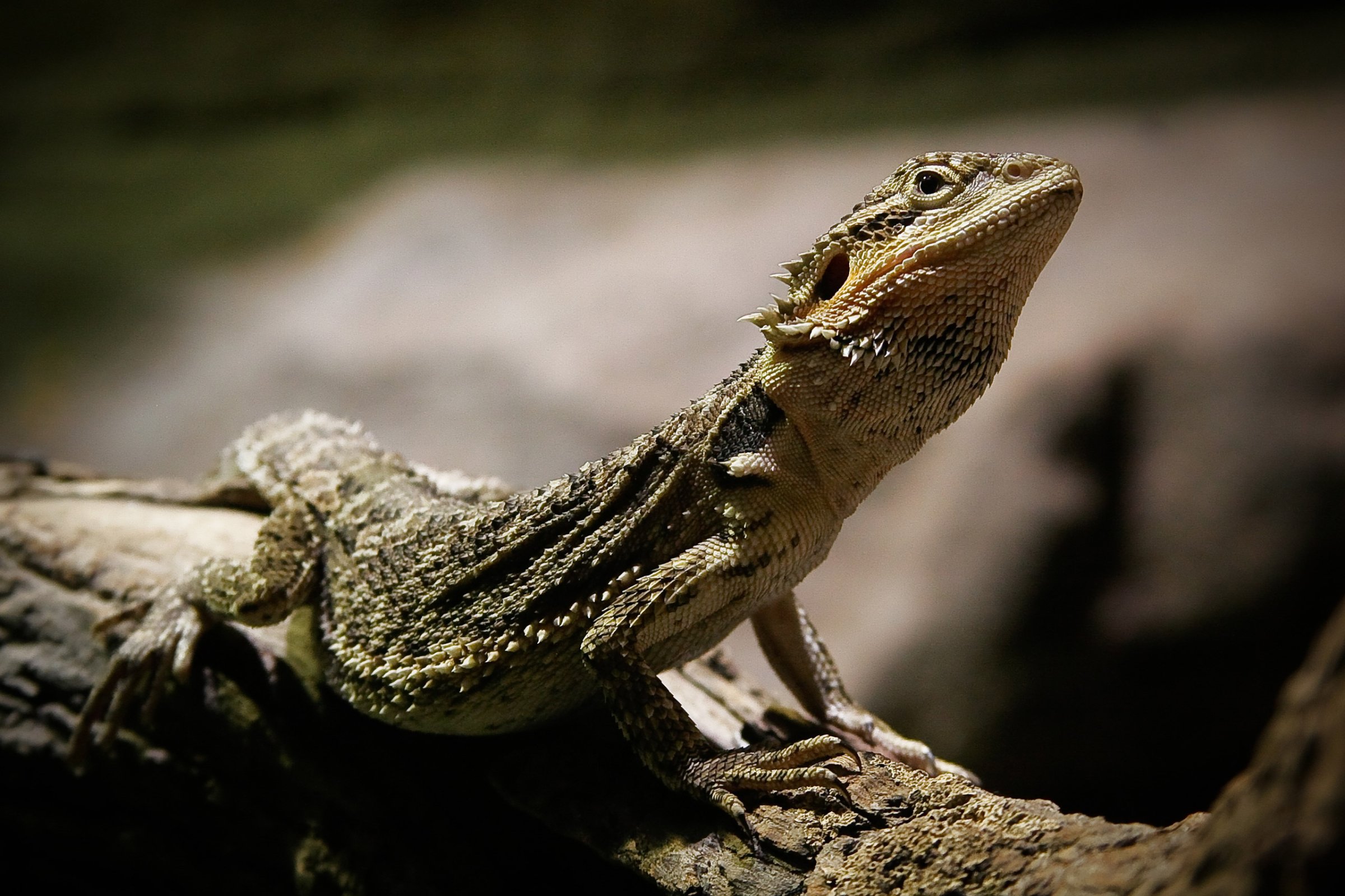
Reptiles experience the same stages of sleep as humans do, according to a new study, which suggests dinosaurs may have slept like humans as well.
The study, published in the journal Science on Thursday, analyzed results from probes placed in the forebrains of five Australian bearded dragons that monitored the reptiles’ brain activity as they slept. The researchers found that the dragons cycled through REM and slow-wave sleep patterns, just like mammals and birds do (although with different frequency and timing of the cycles).
“The results were indeed surprising, because the prevailing view has been that REM and slow-wave sleep are limited to mammals and birds, excluding non-avian reptiles,” Gilles Laurent, co-author of the study, told the Huffington Post.
The results also show that these sleep cycles evolved much earlier than previously thought, possibly back to the emergence of amniotes, the study says. Amniotes are the common ancestor shared by mammals, birds and reptiles and existed about 300 million years ago. This means that dinosaurs, too, may have gone through REM and slow-wave sleep cycles.
More Must-Reads from TIME
- Donald Trump Is TIME's 2024 Person of the Year
- Why We Chose Trump as Person of the Year
- Is Intermittent Fasting Good or Bad for You?
- The 100 Must-Read Books of 2024
- The 20 Best Christmas TV Episodes
- Column: If Optimism Feels Ridiculous Now, Try Hope
- The Future of Climate Action Is Trade Policy
- Merle Bombardieri Is Helping People Make the Baby Decision
Write to Tessa Berenson Rogers at tessa.Rogers@time.com